2025 Federal Election
The Last Of Us: Canada’s Chaos Election
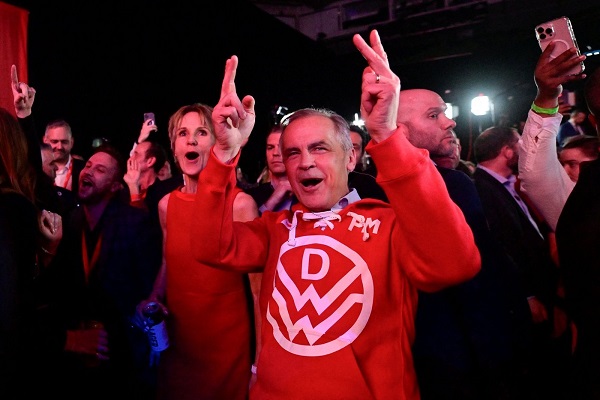
Show me good loser and I’ll show you a loser— Leo Durocher
There’s an expression that goes, you’re not allowed to die until all the people in your life have disappointed you. That trenchant observation is particularly relevant to those who woke up on April 29 to discover that their neighbours and friends in Canada have opted to give the federal Liberals (under new leader Mark Carney) another four years to continue Canada’s descent into irrelevance.
These are the same Liberals sans Carney who were polling in the low 20s six months earlier. Their cabinet members were quitting in droves. In the finest Wag The Dog tradition, a sure victory for Canada’s Conservatives was then transformed into a humiliating defeat that saw the Tories leader Pierre Poilievre lose the seat he’d represented for 20 years. The debate in the chattering classes now is how much was Poilievre’s fault?
In a minor vindication the Liberals were seemingly denied a majority by three seats (169-144) . How they balance that equation to advance their pet projects on trade, climate, gender, free speech, native rights and Donald Trump was unknowable Which is why the Grits have turned to dumpster diving MPs like Elizabeth May and keffiyeh-clad NDP to achieve a workable majority..

Suffice to say that neophyte Carney, without any support system within the Liberals, is being highly influenced by the Justin Trudeau faculty lounge left behind after the disgraced three-term PM slunk off into the night.
It’s not all beer and skittles. No sooner had the Liberal pixie dust settled than Carney was hit with Bloc leader Yves-Francois Blanchet announced unequivocally that energy pipelines were still a no-go in electrified Quebec. Alberta premier Danielle Smith lowered the requirement for a separation referendum from 600 K signatures to around 170 K— a very doable mark in pissed-off Alberta.
Saskatchewan premier Scott Moe outlined his demands on Carney if his province is not to join Alberta. And former British PM Tony Blair, who’d worked with Carney in the UK, announced that Carney’s pet project Net Zero was a loser for nations. Finally RBC revealed it was moving beyond diversity toward “inclusion” by removing “unconscious bias” among its upper ranks.
Such is the backwash from April 28. If you listened to the state-supported media on election night you might think that Trump had picked on poor, innocent friend next door Canada. His outrageous 51st state jest did send the Canadian political apparatus into panic. A Liberal party that proclaimed Canada a postmodern state with no real traditions (lowerering flags to half mast for six months to promote their Rez School genocide hustle) suddenly adopted the flag-waving ultra-patriotic visage of expatriate comedian Mike Myers.
Instead the commentariat was spitballing about how to make the House of Commons function more smoothly or if Carney should depart for Europe immediately or in a month to meet his true constituents in the EU commentariat. China? Wassat’? Urban crime? I can’t hear you. Canada as fentanyl capital of the West? Not interested.
Astonishingly, many people who should know better bought it. It was Boomers waking from a long nap to impose their cozy values one final time on the nation they’d created via Trudeau. Comfy ridings like Oakville, Burlington, North Vancouver, Ottawa Centre and Charlottetown mailed it in for another four years. Academic hotbeds like Western (London), Laurier (Kitchener), Waterloo, UNB (Fredericton), U Calgary (Confederation) Alberta (Strathcona) and UBC (Vancouver) also kept the radical dream alive.
Meanwhile shrieks of “Panic!” over Trump decimated the Bloc (22 seats) and the NDP (7 seats) with their support transferred to a banker-led party that had been poison to them only six months earlier. You could not have written a more supportive script for a party who had neglected the essentials in traditional Canada while pursuing radical policies to please the globalists of the West.

Speaking of time capsules, you’d have been hard-pressed to find a more retro scene than the one produced by the legacy TV networks. With their emphasis on the horse-race story the tone, the panels, the hosts could have easily been teleported from 1990s. While many were interested in the micro of government finance, most listeners were expecting maybe a word or two on the collapsed state exposed by Trump’s aggressive negotiating.
As we’ve mentioned often before, Canada’s allies are appalled by the takeover of the country by malign actors, drugs traffickers, money launderers, real-estate manipulators and Chinese subterfuge. Trump’s generic reference to the border was a catch-all for the corruption swallowing the election process and the finance of the country.
That avoidance was echoed by pollsters who spent the night talking about how the final figures reflected their findings. Except for those that didn’t— Conservatives vote tally over 41 percent and Liberals well under 200 seats. What was avoided was the cumulative effect of highly inflated Liberal polling during the campaign, the “why-bother?” narrative they sold to voters appalled by the Liberals manipulation of the process to switch leaders and hold a micro-campaign of 36 days.
While Donald Trump has announced he’ll work with Carney on tariffs, it’s still highly likely that this was the final Canadian election fought by the old rules where the have-nots (Atlantic Canada) the haves-but-outraged (Quebec) and the indolent (Ontario) control the math for making government. The money pump (Alberta, Saskatchewan) will seek to attract eastern BC and southern Manitoba to their crew. In the worst case Carney may be the nation’s final PM of ten provinces plus territories.
Bruce Dowbiggin @dowbboy is the editor of Not The Public Broadcaster A two-time winner of the Gemini Award as Canada’s top television sports broadcaster. His new book Deal With It: The Trades That Stunned The NHL And Changed Hockey is now available on Amazon. Inexact Science: The Six Most Compelling Draft Years In NHL History, his previous book with his son Evan, was voted the seventh-best professional hockey book of all time by bookauthority.org. You can see all his books at brucedowbigginbooks.ca.
2025 Federal Election
Protestor Behind ‘Longest Ballot’ Chaos targeting Poilievre pontificates to Commons Committee
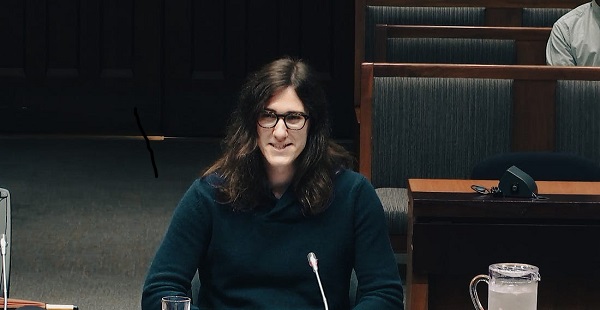
Lawmakers confront organizer Tomas Szuchewycz for flooding ridings with placeholder candidates, targeting Pierre Poilievre’s seat, and wasting public resources.
Szuchewycz’s most notorious move came in Carleton — the riding of Conservative Leader Pierre Poilievre, where the ballot swelled to 91 names, stretching nearly a metre and forcing Elections Canada to redesign how it printed and handled the vote. The LBC framed the stunt as a protest against Canada’s first-past-the-post electoral system. But to most voters, it looked nothing like a principled reform campaign. What they saw was an effort aimed squarely at Poilievre, meant to bury his name among a wall of nobodies and turn the vote into a farce.
Elections Canada had to scramble to manage the chaos: printing extra‑long ballots, re‑training workers, and creating a last‑minute write‑in workaround in Battle River–Crowfoot to keep ballots usable. Seniors and disabled voters complained about the physical size and complexity of the ballot; poll workers faced new logistical headaches; public money was wasted.
At Tuesday’s hearing, Szuchewycz showed no contrition and offered no practical alternative to the system he had tried to upend. Instead, he accused MPs of having a “conflict of interest” in writing election law and demanded that power be handed to an undefined “permanent, non‑partisan body” — without explaining who would select it, how it would operate, or how it would be accountable to Canadians.
The LBC, whose actions led to metre-long ballots in ridings like Carleton (91 candidates) and Battle River–Crowfoot (86), claims to oppose Canada’s first-past-the-post system. But when asked how his proposed independent reform body would be formed, selected, or held accountable, Szuchewycz had no answers.
Conservative MP Michael Cooper led the charge, accusing Szuchewycz of overseeing a signature-harvesting scheme that involved electors signing blank nomination forms—potentially in violation of the Canada Elections Act. He tabled a January 2024 tweet and an August 2024 YouTube video showing organizers gathering signatures under the claim that candidate names would be “filled in later.”
Szuchewycz denied the accusation, claiming nomination papers had either candidate names or the phrase “all candidates” filled in. But when he tried to discredit Cooper’s evidence by calling it “AI-generated,” the committee chair issued a warning for casting doubt on the authenticity of a Member’s documents without basis. The comment was withdrawn under pressure.
Still, Cooper was unsatisfied, warning Szuchewycz that misleading Parliament could amount to contempt.
Other witnesses—experts and former elected officials—were equally critical of the LBC’s tactics. Dr. Lori Turnbull, a professor at Dalhousie University, called the stunt “undesirable” and a “waste of resources,” though she praised Elections Canada for adapting quickly by allowing a write-in workaround in Battle River–Crowfoot to avoid printing a literal wall of names.
Professor Peter Loewen of Cornell University added that the LBC’s ballot-stuffing “violates the spirit” of competitive democracy and burdens front-line elections staff with unnecessary logistical chaos. He warned that a third-party group acting like a political party without oversight was a loophole that needed closing.
Meanwhile, former Liberal MP Louis-Philippe Sauvé described the real-world toll of the stunt: longer lineups, stressed poll workers, and accessibility hurdles for elderly and visually impaired voters.
In stark contrast to these grounded critiques, Szuchewycz’s testimony revolved around vague accusations of “conflict of interest” by MPs and a call to remove Parliament from electoral reform altogether. No constitutional roadmap. No governance model. No practical enforcement mechanism.
At the end of the day, what Tomas Szuchewycz has done isn’t just a stunt, it’s an insult. He claims Canadians “know what he’s protesting,” but let’s be honest: most voters had no clue this was about electoral reform. What they saw was a campaign to flood ballots with nonsense names in key ridings, especially against the Leader of the Opposition, and create chaos for chaos’s sake.
The takeaway wasn’t a conversation about democracy. It was a spectacle, and one that mocked the very voters he pretends to represent. Lets be clear, This wasn’t activism, it was ego masquerading as principle. And it reeked of entitlement.
Tomas Szuchewycz is the embodiment of unchecked privilege: a man who hijacked our electoral process, wasted taxpayer dollars, and offered nothing in return but smug contempt for the very democracy that gave him the space to pull his stunt.
He claims Canadians understood his message. They didn’t. Most people saw a confusing mess, an attack on the Opposition Leader, and a joke made at the expense of voters, poll workers, and the electoral system itself.
So yes — reform is coming. And it can’t come soon enough.
Parliament must not just close the loopholes it should make sure that when someone deliberately sabotages the integrity of an election, they are held accountable, including being forced to repay the public for the cost of their chaos.
Because in a democracy, you have the right to protest.
But not the right to turn an election into a farce on the public’s dime.
Subscribe to The Opposition with Dan Knight
Invite your friends and earn rewards
2025 Federal Election
Post election report indicates Canadian elections are becoming harder to secure
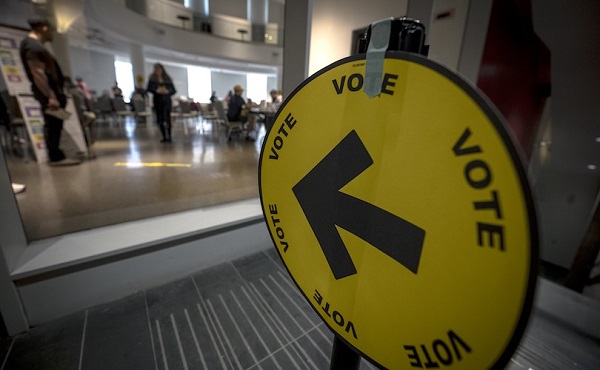
Chief Electoral Officer Stéphane Perrault highlights strong participation and secure voting, but admits minority politics, rising costs, and administrative pressures are testing the system’s limits.
Monday in Ottawa, Stéphane Perrault, Canada’s Chief Electoral Officer, delivered a long press conference on April’s federal election. It was supposed to be a victory lap, record turnout, record early voting, a secure process. But if you listened closely, you heard something else: an admission that Canada’s election machinery is faltering, stretched thin by a system politicians refuse to fix.
Perrault touted the highest turnout in 30 years, 69 percent of eligible voters, nearly 20 million Canadians. Almost half of those ballots were cast before election day, a dramatic shift in how citizens take part in democracy.
“Twenty years ago, less than 7% voted early. This year, nearly half did,” Perrault told reporters. “Our system may have reached its limit.”
That’s the core problem. The system was built for one decisive day, not weeks of advance voting spread across campuses, long-term care homes, mail-in ballots, and local Elections Canada offices. It’s no longer a single event; it’s an extended process that stretches the capacity of staff, polling locations, and administration.
Perrault admitted bluntly that the 36-day writ period, the time between when an election is called and when the vote happens, may no longer be workable. “If we don’t have a fixed date election, the current time frame does not allow for the kind of service preparations that is required,” he said.
And this is where politics collides with logistics. Canada is once again under a minority government, which means an election can be triggered at almost any moment. A non-confidence vote in the House of Commons, where opposition parties withdraw support from the government, can bring down Parliament in an instant. That’s not a flaw in the system; it’s how parliamentary democracy works. But it leaves Elections Canada on permanent standby, forced to prepare for a snap election without knowing when the writ will drop.
The result? Sixty percent of voter information cards were mailed late this year because Elections Canada couldn’t finalize leases for polling stations on time. Imagine that, more than half the country got their voting information delayed because the system is clogged. And that’s when everything is supposedly working.
The April election cost an estimated $570 million, almost identical to 2021 in today’s dollars. But here’s the kicker: Elections Canada also spent $203 million just to stay ready during three years of minority Parliament. That’s not democracy on the cheap. That’s bureaucracy on retainer.
Perrault admitted as much: “We had a much longer readiness period. That’s the reality of minority governments.”
No Foreign Interference… But Plenty of ‘Misinformation’
Canada’s top election official wanted to make something perfectly clear: “There were no acts of foreign interference targeting the administration of the electoral process.” That’s the line. And it’s a good one… reassuring, simple, the kind of phrase meant to make headlines and calm nerves.
But listen closely to the wording. He didn’t say there was no interference at all. He said none of it targeted the administration of the vote. Which raises the obvious question: what interference did occur, and who was behind it?
Perrault admitted there was “more volume than ever” of misinformation circulating during the 2025 election. He listed the greatest hits: rumors that Elections Canada gives voters pencils so ballots can be erased, or claims that non-citizens were voting. These are hardly new — they’ve appeared in the U.S. and in Europe too. The difference, he said, is scale. In 2025, Canadians saw those narratives across more channels, more platforms, more communities than ever before.
This is where things get interesting. Because the way Perrault framed it wasn’t that a rogue actor or a foreign intelligence service was pushing disinformation. He was blunt: this was a domestic problem as much as anything else. In his words, “whether foreign or not,” manipulation of information poses the “single biggest risk to our democracy.”
Perrault insists the real danger isn’t foreign hackers or ballot-stuffing but Canadians themselves, ordinary people raising questions online. “Information manipulation, whether foreign or not, poses the single biggest risk to our democracy,” he said.
Well, maybe he should look in the mirror. If Canadians are skeptical of the system, maybe it’s because the people running it haven’t done enough to earn their trust. It took years for Ottawa to even acknowledge the obvious , that foreign actors were meddling in our politics long before this election. Endless commissions and closed-door reports later, we’re told to stop asking questions and accept that everything is secure.
Meanwhile, what gets fast-tracked? Not a comprehensive fix to protect our democracy, but a criminal investigation into a journalist. Keean Bexte, co-founder of JUNO News, is facing prosecution under Section 91(1) of the Canada Elections Act for his reporting on allegations against Liberal candidate Thomas Keeper. The maximum penalty? A $50,000 fine and up to five years in prison. His reporting, incidentally, was sourced, corroborated, and so credible that the Liberal Party quietly dropped Keeper from its candidate list.
If people doubt the system, it isn’t because they’re gullible or “misinformed.” It’s because the government has treated transparency as an afterthought and accountability as an inconvenience. And Perrault knows it. Canadians aren’t children to be scolded for asking questions, they’re citizens who expect straight answers.
But instead of fixing the cracks in the system, Ottawa points the finger at the public. Instead of rebuilding trust, they prosecute journalists.
You don’t restore faith in democracy by threatening reporters with five years in prison. You do it by showing, quickly and openly, that elections are beyond reproach. Until then, spare us the lectures about “misinformation.” Canadians can see exactly where the problem lies, and it isn’t with them.
The Takeaway
Of course, they’re patting themselves on the back. Record turnout, no servers hacked, the trains ran mostly on time. Fine. But what they don’t want to admit is that the system barely held together. It was propped up by 230,000 temporary workers, leases signed at the last minute, and hundreds of millions spent just to keep the lights on. That’s not stability. That’s triage.
And then there’s the lecturing tone. Perrault tells us the real threat isn’t incompetence in Ottawa, it’s you, Canadians “sharing misinformation.” Excuse me? Canadians asking questions about their elections aren’t a threat to democracy, they are democracy. If the government can’t handle people poking holes in its story, maybe the problem isn’t the questions, maybe it’s the answers.
So yes, on paper, the 2025 election looked like a triumph. But listen closely and you hear the sound of a system cracking under pressure, led by officials more interested in controlling the narrative than earning your trust. And when the people running your elections think the real danger is the voters themselves? That’s when you know the elastic isn’t just stretched. It’s about to snap.
-
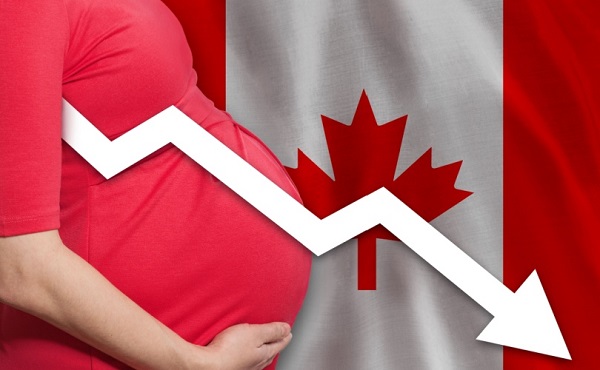
 National2 days ago
National2 days agoCanada’s birth rate plummets to an all-time low
-
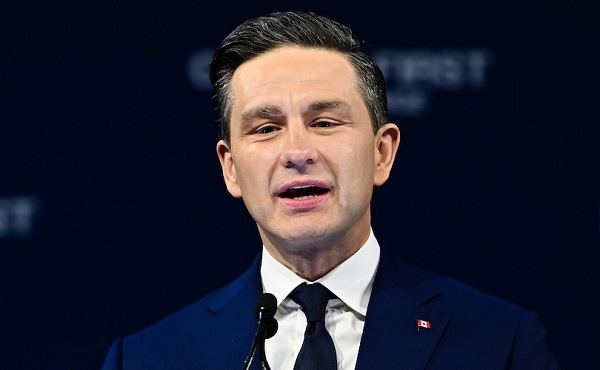
 Crime2 days ago
Crime2 days agoPierre Poilievre says Christians may be ‘number one’ target of hate violence in Canada
-

 Opinion23 hours ago
Opinion23 hours agoJordan Peterson needs prayers as he battles serious health issues, daughter Mikhaila says
-
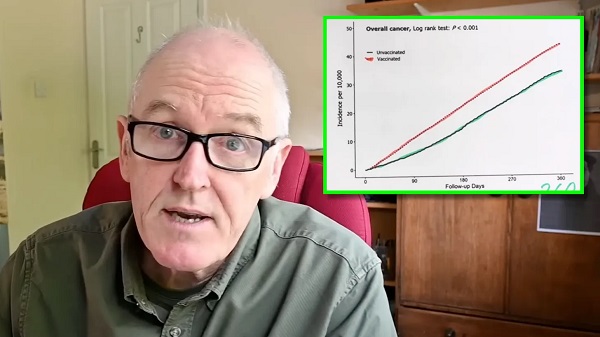
 COVID-1919 hours ago
COVID-1919 hours agoDevastating COVID-19 Vaccine Side Effect Confirmed by New Data: Study
-
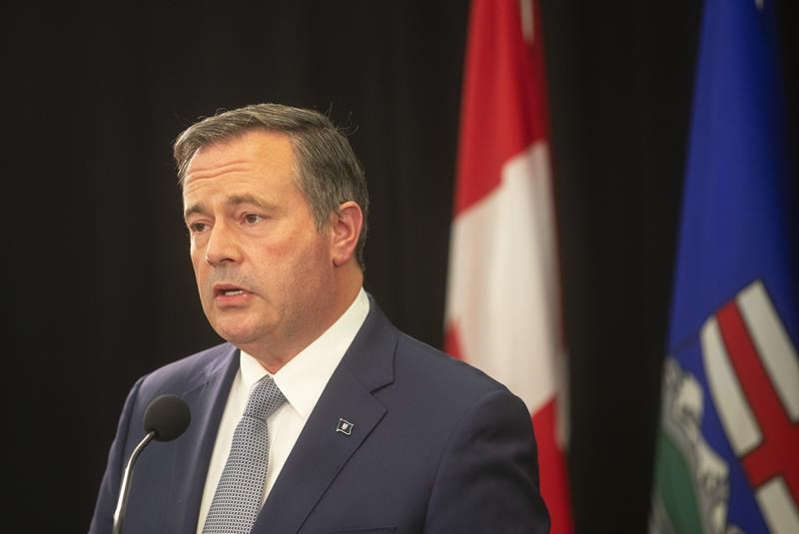
 Alberta2 days ago
Alberta2 days agoJason Kenney’s Separatist Panic Misses the Point
-
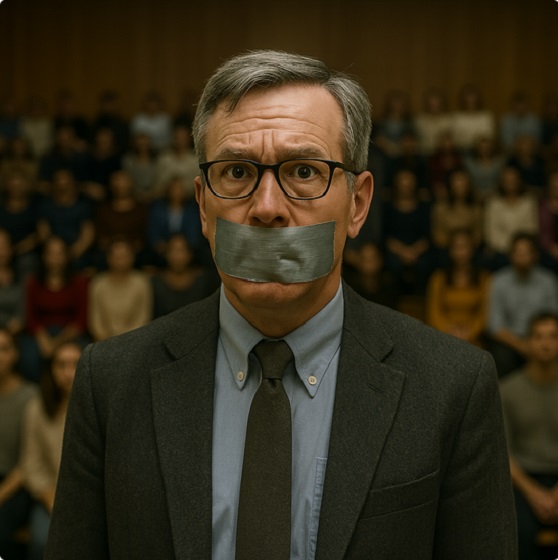
 Censorship Industrial Complex24 hours ago
Censorship Industrial Complex24 hours agoWinnipeg Universities Flunk The Free Speech Test
-
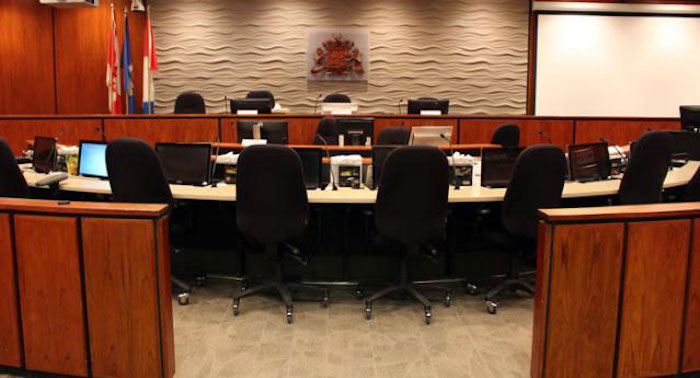
 Red Deer13 hours ago
Red Deer13 hours agoThe City of Red Deer’s Financial Troubles: Here Are The Candidates I Am Voting For And Why.
-

 Automotive2 days ago
Automotive2 days agoBig Auto Wants Your Data. Trump and Congress Aren’t Having It.







